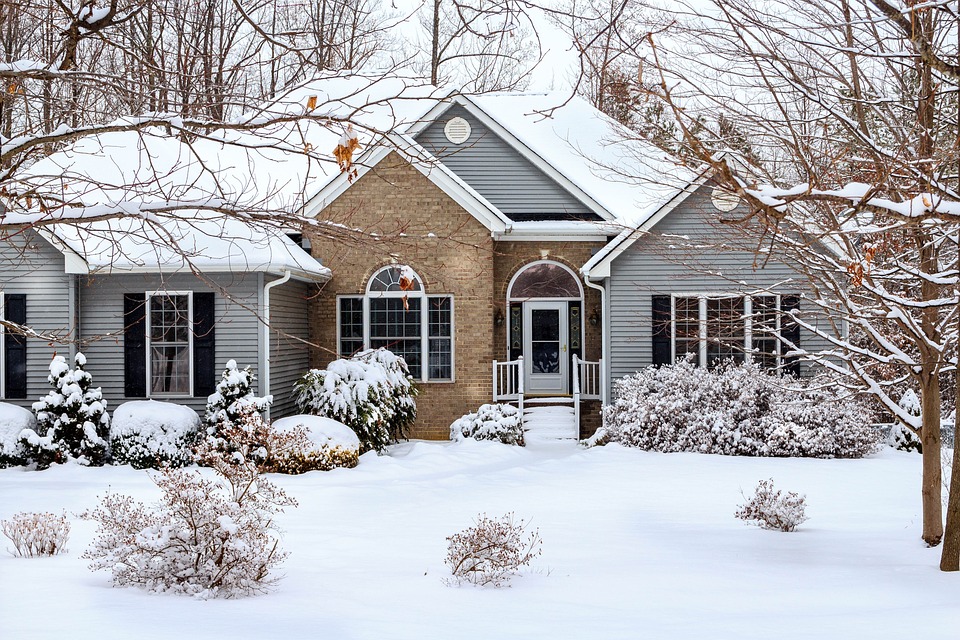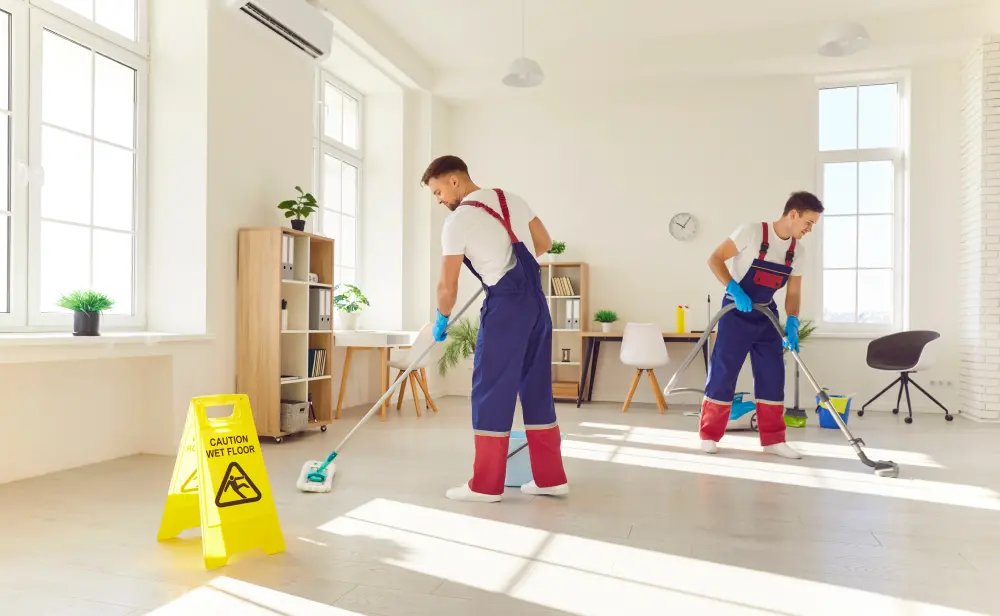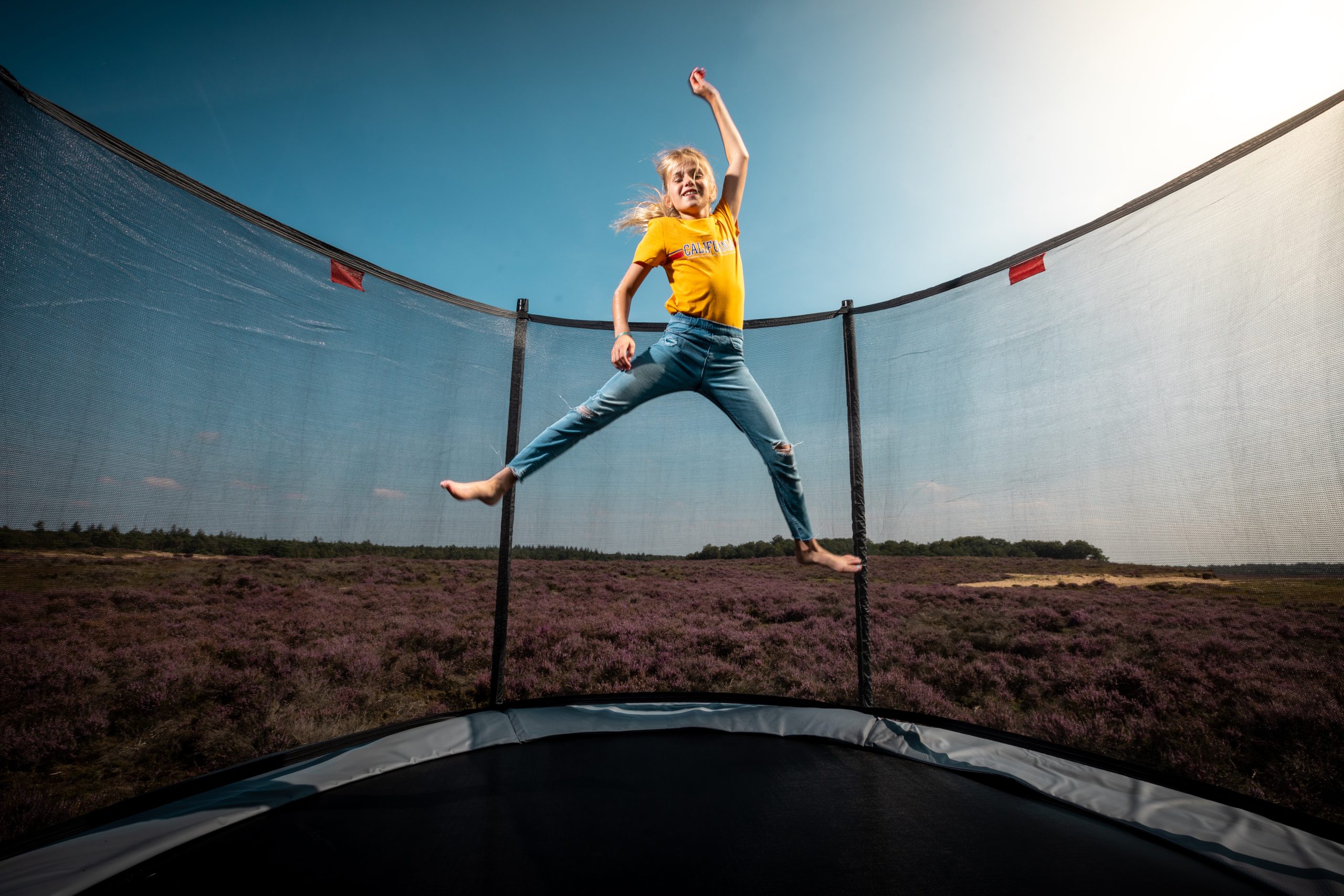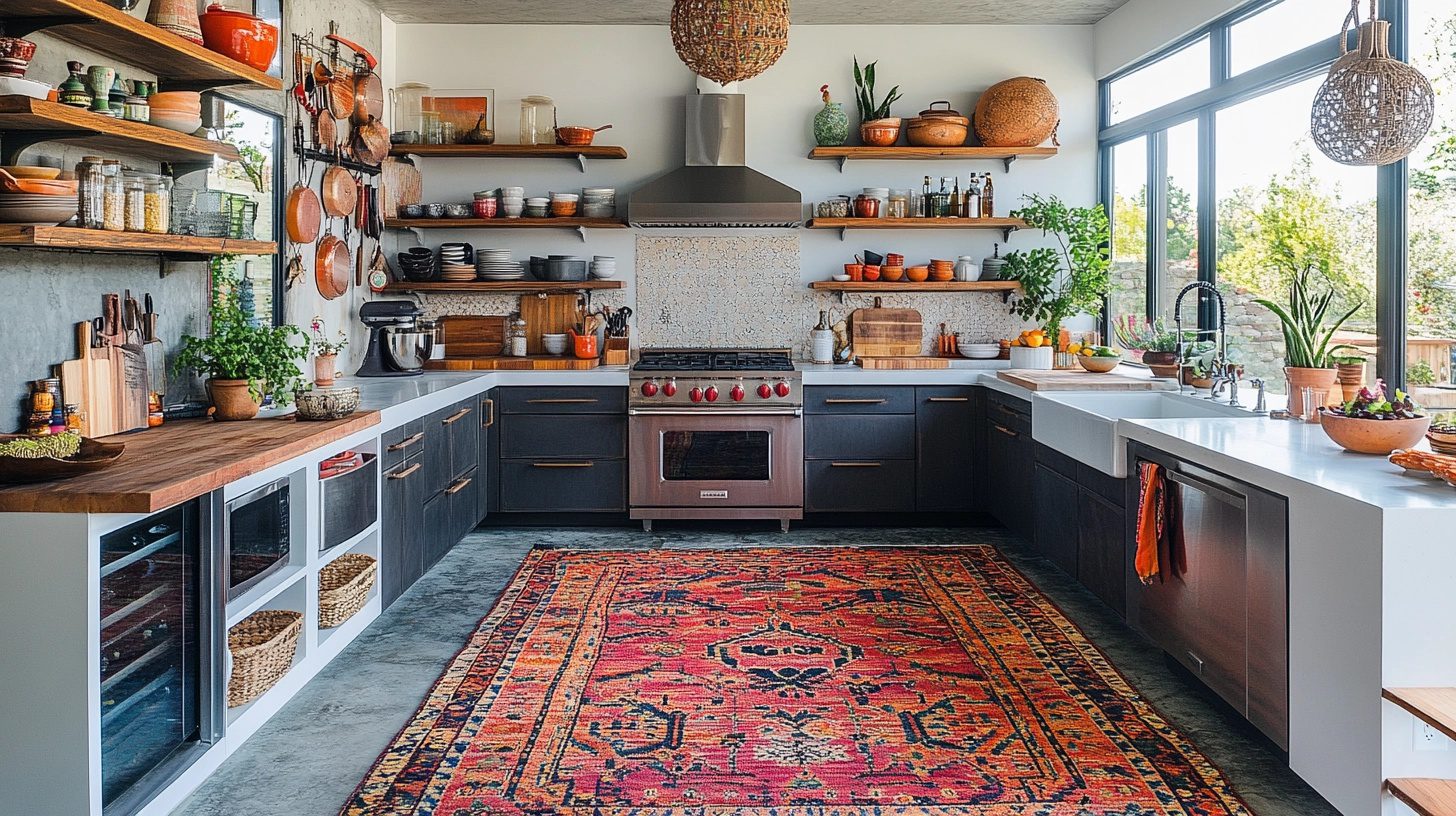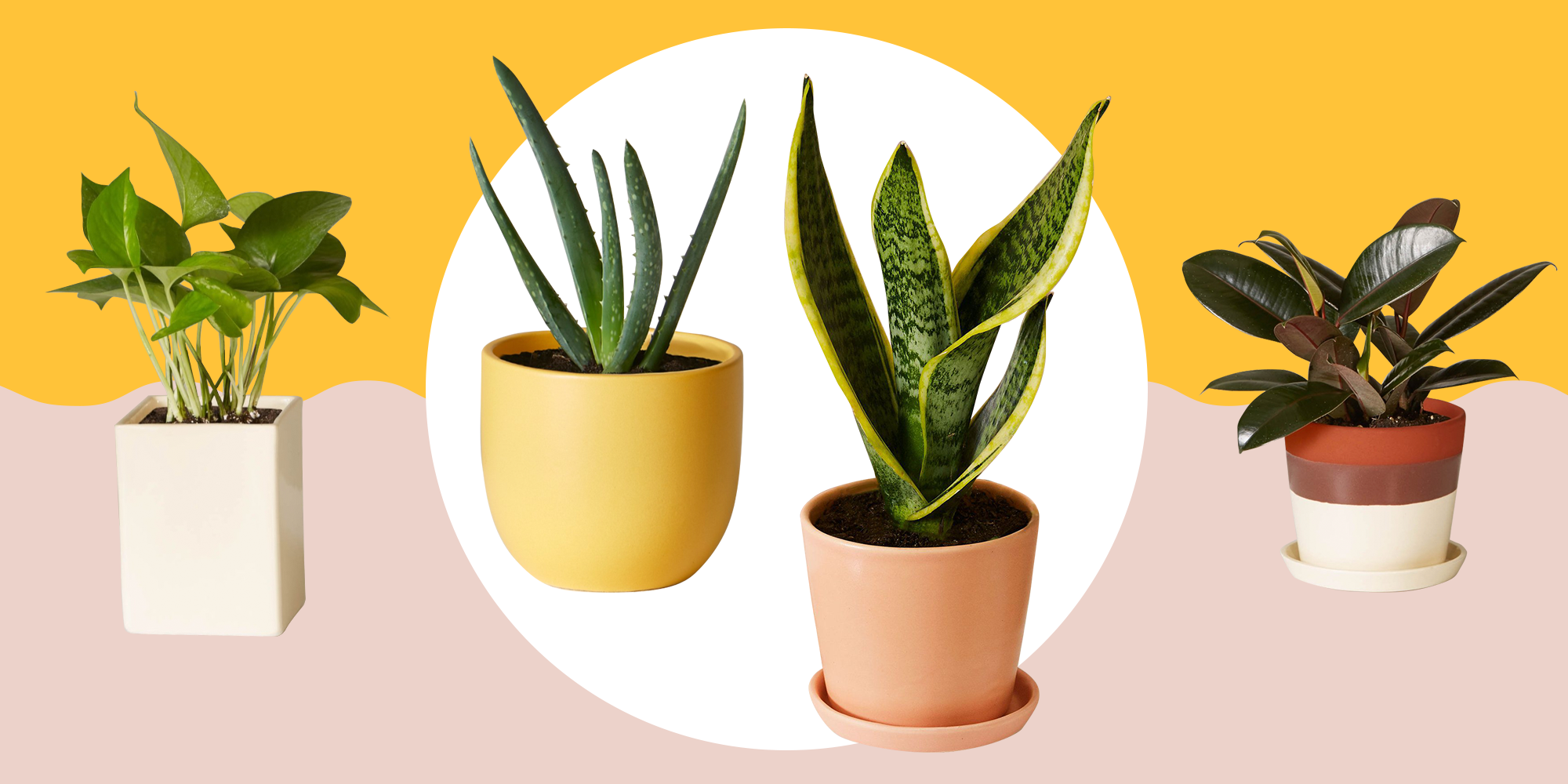
A recurring problem is the greening of domestic and workspaces that are poorly lit by natural sunlight. The problem worsens with the arrival of winter and the drastic drop in daylight hours. How can we reconcile our desire for plants with the impossibility of ensuring sufficient lighting in every corner of the office or home?
To help you manage this problem, the topic we are addressing today concerns indoor plants that live well and are not very bright. Remember that plants are not only beautiful, but they improve the air we breathe and make our mood better!
So why not? Let’s open our homes to plants!
Indoor Plants Suitable For Low Light Areas
Just as there are plants that love to bask under the sun’s rays, there are others that, on the contrary, prefer to be in partial shade areas. These plants are indispensable for those who at home cannot have capillary illumination but, at the same time, do not want to give up having plants.
Are you curious about what these miraculous plants are? We have selected some for you!
1.SANSEVERIE
The Sansevieria are extremely versatile evergreens! They are the ideal plants for the blackest thumbs or those approaching an indoor plant’s care for the first time. There are many species, all very decorative. They are xerophilous plants (they love dry soils and dry climates) and are normally stemless plants available as indoor plants India online.
ü EXPOSURE
They are highly versatile plants, which allows them to adapt well both to low light areas and full light exposures.
ü WET
They do not require much wetting; the important thing is to keep the soil moist, letting it dry completely between one wetting and the next.
2.ASPLENIUM
Asplenium is a genus that contains 700 species of evergreen and semi-evergreen plants, many of which are epiphytes. They come directly from the undergrowth where they proliferate in the shade of other plants; there are many species, and they are widespread in practically every continent, except for Antarctica!
ü EXPOSURE
They are not very fond of light; their ideal shelter is in partial shade positions. L ‘ Asplenium loves moisture and should be paid attention to the heat source too close or too dry air of the house.
ü WET
Therefore, they are very afraid of dehydration, need frequent nebulizations, even twice a day if the air is very dry.
We prevent the soil from drying out completely but avoiding overdoing it with unnecessary interventions if we feel it damp.
3.MARANTA
It is an evergreen, herbaceous plant with a bushy habit. Another remarkable peculiarity can be found in the second name of this plant: prayer-plant; when evening falls, the leaves tend to rise in a horizontal position, but during the day, they fold downwards, resembling hands joined in prayer.
ü EXPOSURE
Away from light, drafts, and heat sources.
ü WET
It loves humidity very much. Therefore, it is a good idea to vaporize the leaves, preferably with water without limestone frequently (e.g., demineralized, rainy, or collected by the air conditioner).
They should be bathed frequently in the spring and summer months, gradually reducing the amount of water (without, however, ever denying them the humidity they need).
4.POTHOS
The Pothos (synonym of Epipremnum or Scindapsus) has a drooping and sarmentose posture, particularly graceful if placed on the house’s furniture or shelves. It is native to Australia, Asia, Madagascar, and the Pacific islands; it is a fast-growing evergreen.
Its green leaves have a very decorative heart shape, especially when young. Green colors are often mixed with variegations ranging from yellow to cream.
It is a particularly simply available easily and gets propagated by cuttings: its roots are very easily even immersed in water.
ü EXPOSURE
The Pothos is certainly suitable for areas with little exposure and likes a little light (never direct).
ü WET
It is best to wait for the soil to appear dry during autumn and winter before proceeding with watering. Attention: he hates water stagnation. Instead, appreciate the foliar nebulizations.
5.PLATYCERIUM
What immediately catches the eye of the Platycerium is the shape. The leaves are very elongated and almost reminiscent of horns. It is an epiphytic plant, which means that in its natural habitat, it lives on the bark of larger trees and, for this reason, it has developed two types of foliage:
They are leaves with a particular function: they collect all the substances that can serve as nourishment to the plant.
EXPOSURE
Although it tolerates low-light solutions, it loves non-direct sunlight.
WET
It requires abundant watering during the hottest months. During autumn and winter, it is recommended to reduce wetting without ever letting the soil dry out completely.
Conclusion
In short, it is now clear; it is certainly not the absence of dislocated areas that prevents plants from making your home a small corner of green paradise. Those we have talked about are just some examples of our favorites, but many other plants could be for you, such as the monstera, about which you can read everything here.

